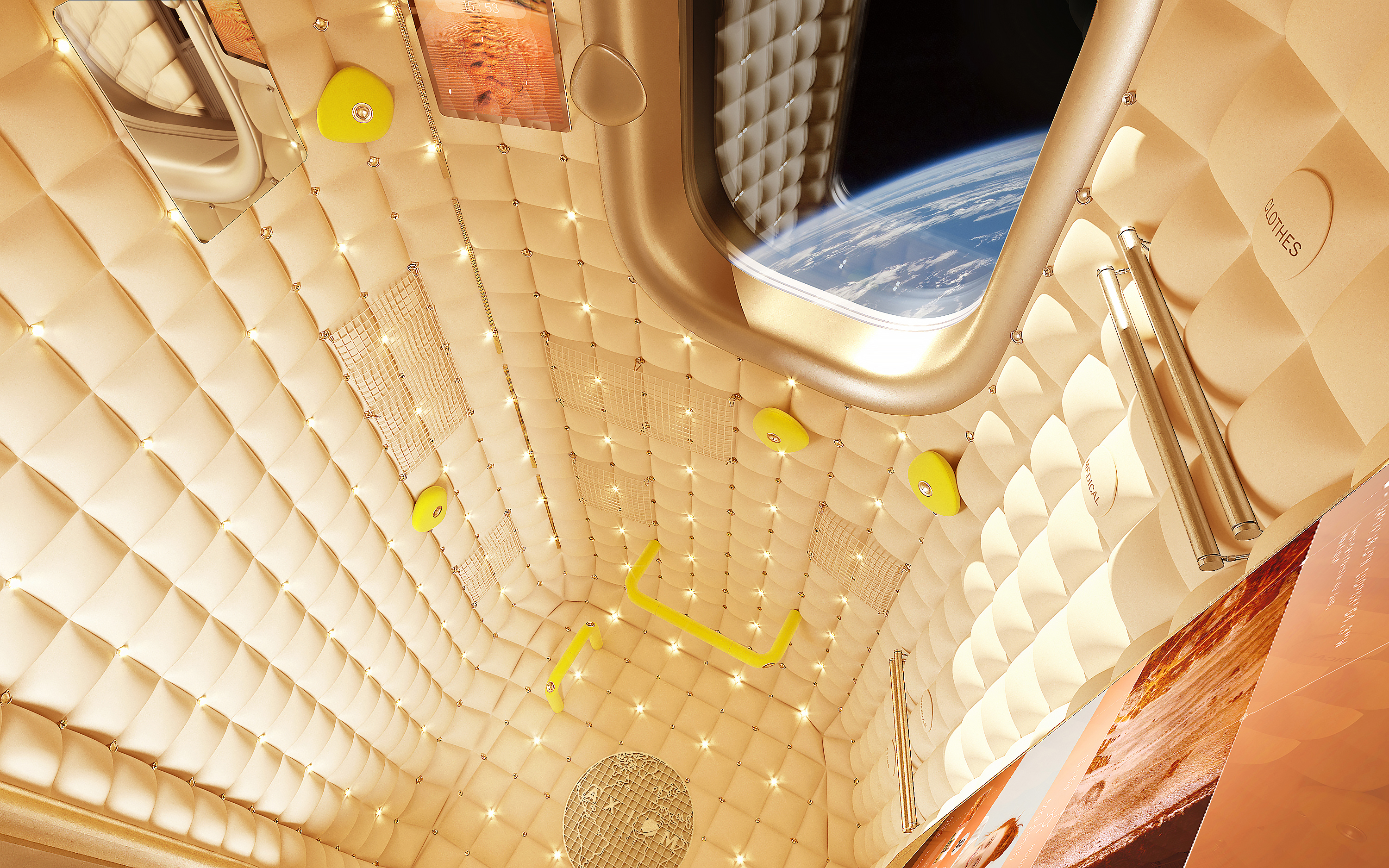NASA has selected Houston-based Axiom Space to build and deploy a habitable module that will be attached to the International Space Station in the second half of 2024, it announced this week.
Why? NASA wants to open the ISS up to commercial opportunities. Last year, it finally started accepting bids from private companies that want to use the station’s resources and microgravity environment to test out new technologies, run different experiments, and even provide a potential destination for tourists looking for a short space getaway. As part of the new agreement, Axiom will attach a new kind of habitat module to the station’s Node 2 docking port, for at least five years (with a two-year option to follow).
The module: Neither NASA nor Axiom has released much information about the module, but it’s a safe bet it will be modeled after the company’s Axiom Station concept: a privately owned platform designed for habitation in low Earth orbit.
Don’t settle for half the story.
Get paywall-free access to technology news for the here and now.
